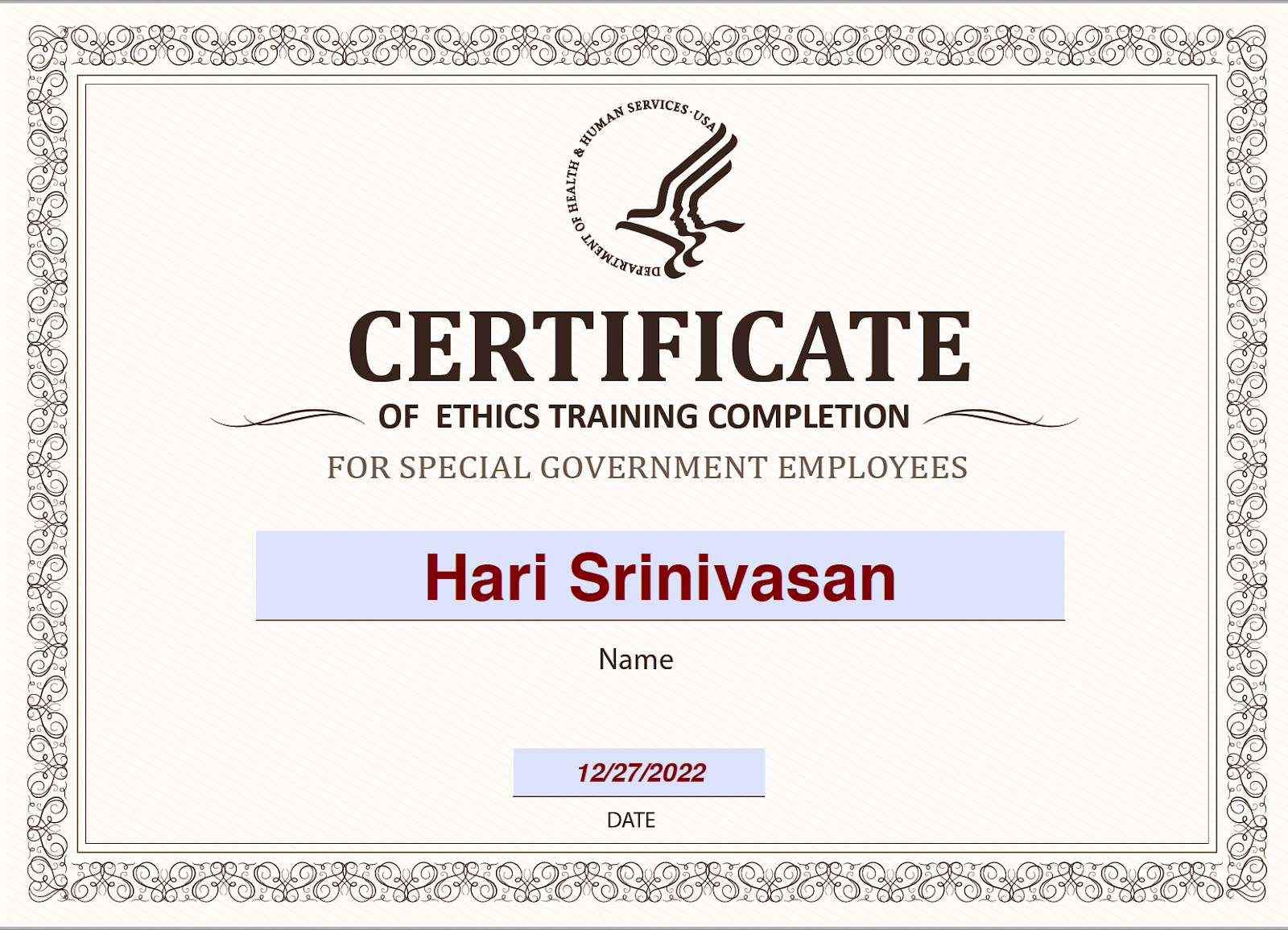Lexicon [Measures] - DSM & ICD
PlainSpeak. In Plain Language for the Lay Audience
While the USA uses the DSM, most of the world uses another tool called the ICD. The ICD, or International Classification of Diseases, is a guide created by the World Health Organization (WHO) to help doctors all over the world diagnose and understand diseases and health conditions.
The Early Years: ICD-6 to ICD-9
- ICD-6 (1948): The sixth edition of the ICD was the first to include mental disorders, but it didn’t mention autism. Autism wasn’t recognized as its own condition back then.
- ICD-7 (1955) and ICD-8 (1965): These editions added more mental disorders but still didn’t have specific criteria for autism. Autism was often mixed up with other psychiatric conditions.
- ICD-9 (1979): This edition started to recognize autism under a broader category called "Pervasive Developmental Disorders" (PDD), showing that people were beginning to understand autism better.
Defining Autism: ICD-10
- ICD-10 (1992): This edition made a big change by giving more detailed classifications for autism. Autism was listed under "Pervasive Developmental Disorders" (F84). It included:
- Childhood Autism: Kids with problems in social interaction, communication, and repetitive behaviors.
- Atypical Autism: Similar to childhood autism but with unusual age of onset or different symptoms.
- Asperger's Syndrome: Problems in social interaction and repetitive behaviors, but no significant delays in language or thinking.
- Other PDDs: Including Rett's Syndrome and Childhood Disintegrative Disorder.
The Modern Era: ICD-11
- ICD-11 (2018): The latest edition made important changes to how autism is diagnosed, similar to the DSM-5 used in the USA. Key updates include:
- Autism Spectrum Disorder (6A02): The ICD-11 combined all previous types of autism into one category: Autism Spectrum Disorder (ASD). This shows that autism is a spectrum with different levels of severity and symptoms.
- Two Core Domains:
- Deficits in Social Communication and Social Interaction: Ongoing difficulties in social communication and interaction.
- Restricted, Repetitive Patterns of Behavior, Interests, or Activities: Repetitive movements, strict routines, very focused interests, and unusual responses to sensory experiences.
- Severity Specifiers: These help to indicate how severe the condition is and how much support a person might need in daily life.
- Associated Features: This allows for noting extra features like intellectual development disorders and language impairments to give a fuller picture of each person’s unique situation.
Impact of ICD-11 on Autism Diagnosis
The changes in ICD-11 help make autism diagnoses more accurate and consistent worldwide. By recognizing autism as a spectrum disorder, the ICD-11 understands that people with autism can have a wide range of symptoms and levels of severity. This approach supports more personalized and appropriate treatments, tailored to what each individual needs.
As our knowledge about autism grows, the ICD will keep evolving to make sure people with autism get the right diagnosis and support. This evolution helps ensure that everyone with autism can live a fulfilling life.












